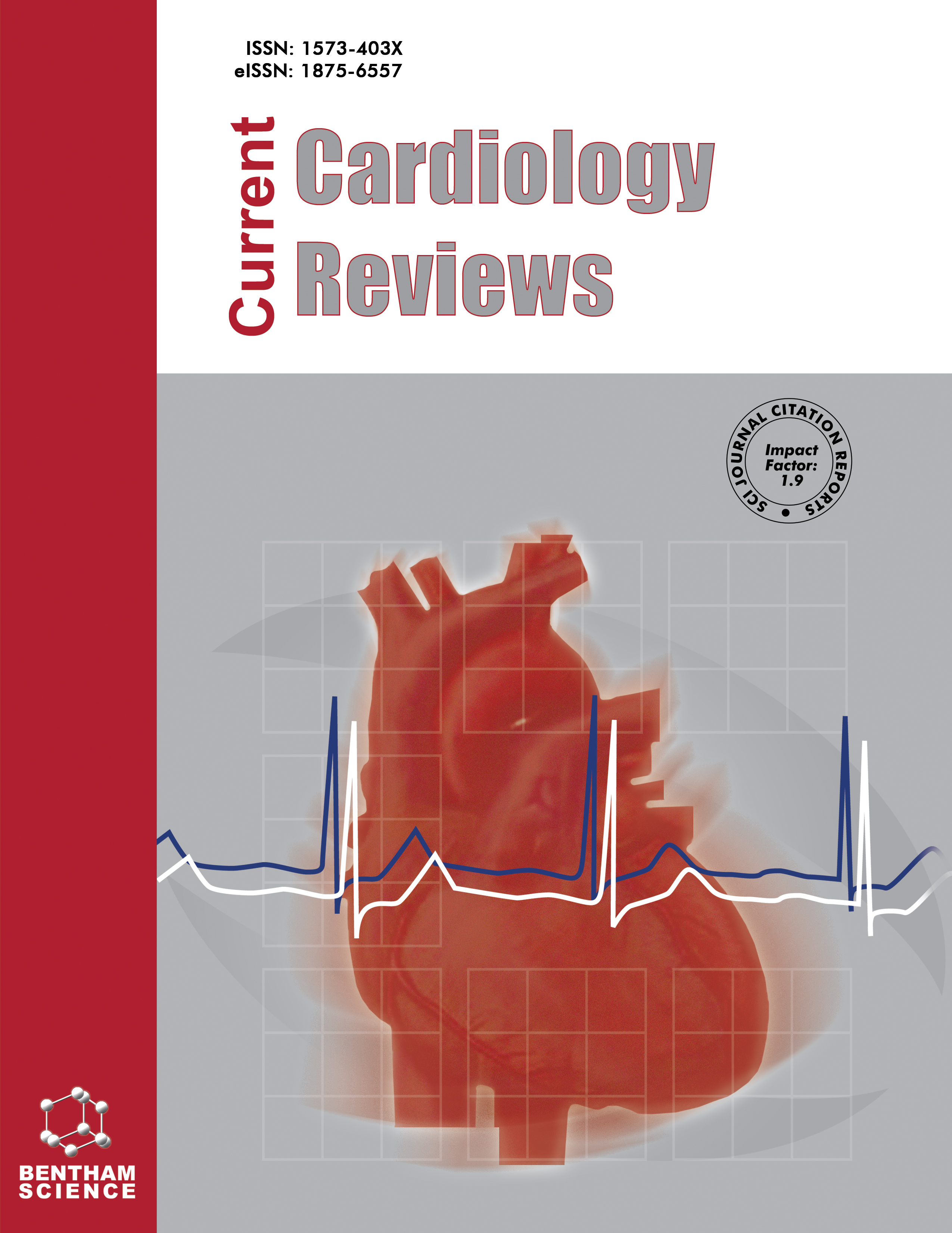
Full text loading...
Anthracycline-based chemotherapy, such as Doxorubicin (DOX), often induces cardiotoxicity in cancer patients, which compromises their health and quality of life.
This study aimed to verify the effects of exercise concomitant with prolonged administration of DOX on improving cardiotoxicity.
A systematic literature search in MedLine, PubMed, Web of Science, and Scopus databases was performed from inception until November 2023, strictly following the Preferred Reporting Items for Systematic reviews and Meta-Analyses (PRISMA) statement. Preclinical randomized controlled trials related to exercise, cardiotoxicity, and DOX were included.
Eight studies were included in the systematic review and 7 were selected for meta-analysis. By evaluating the Fractional Shortening (FS), it was possible to verify that exercise as complementary therapy provided a cardioprotective effect when compared to DOX combined with sedentary behavior (heterogeneity: I2 = 53%; tau2 = 0.19; p = 0.03; overall effect: z = 2.69; p < 0.01). However, no additional benefits were observed for the Left Ventricular Ejection Fraction (LVEF) (heterogeneity: I2 = 82%; tau2 = 1.43; p < 0.01; overall effect: z = 1.42; p = 0.15).
The included studies demonstrated exercise to have a cardioprotective effect on rodents, mainly on FS. However, there is a lack of high-level evidence to guide exercise prescription in clinical practice to improve cardiotoxicity associated with DOX administration.

Article metrics loading...

Full text loading...
References


Data & Media loading...
Supplements

